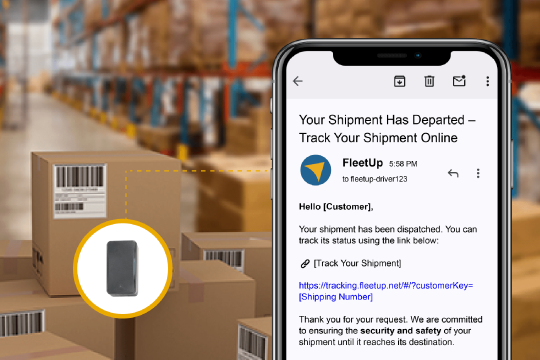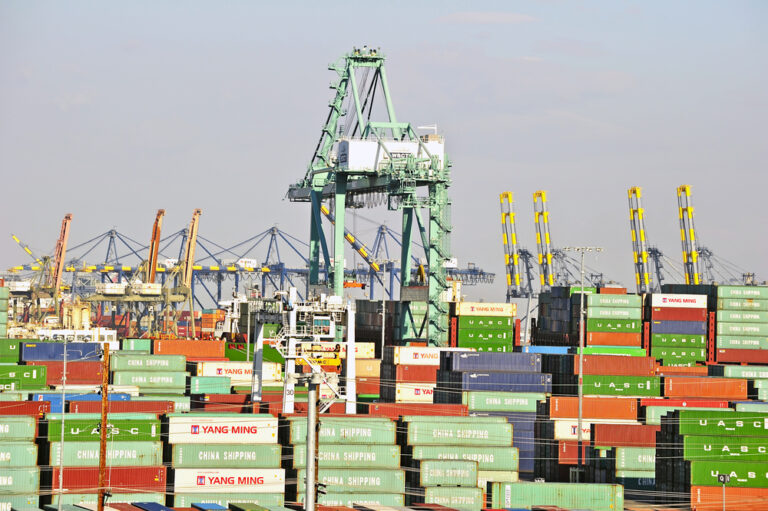Businesses are still growing even as supply chain shortages mount
A recent New York Times story reported that Walmart’s total third-quarter revenue rose over 4.3% even as supply chain shortages and labor costs have added to its expenses.
This success story should inspire the many businesses that have been caught flat-footed by supply chain shortages. Peter Bradley, executive chairman of specialty ingredient maker RiceBran Technologies, said that we’re in the middle of “a nationwide, world-wide logistics crisis.” Nevertheless, consumers are continuing to spend. Even as inflation has been rising, retail sales rose a seasonally adjusted 1.7% in October from September.
The message for businesses is simple: Don’t let supply chain shortages distract you from taking advantage of an economy that continues to grow.
According to the New York Times report, Walmart has used three strategies to grow its revenue and offset rising costs:
- Keep prices low.
- Reroute products to less congested ports.
- Extend overnight hours to help unload cargo.
Variations of these strategies can be used by any logistics or transportation business. These six tools will help your fleet adopt a Walmart-style growth strategy:
Tools to keep prices low
Tool 1: Break-in alerts
When the supply chain slows down, thieves have more opportunities to steal. Scott Cornell, Travelers crime and theft specialist, told CBS Money Watch, “The more that the supply chain in general is backed up, the more cargo you’re going to have sitting. And that creates a bigger opportunity for thefts.” When goods are stolen, companies have to raise prices to make up for their losses, and customers are less likely to buy more expensive goods.
Break-in alerts automate theft prevention. This tool notifies managers and security personnel when thieves attempt to enter trailers and containers. When paired with geofence exiting alerts, which notify staff when assets leave lots and warehouses, break-in alerts are a strong anti-theft solution.
Tool 2: Remote engine diagnostics
Fleets that reduce maintenance expenses can transfer those savings to their customers. Remote engine diagnostics show mechanics the real-time status of engines, even when assets are on the opposite side of the state or country. It helps fleets catch small problems when they’re still cheap and easy to fix.
Tools to avoid congestion
Not every logistics and transportation business works in ports. And small businesses don’t have the luxury of picking and choosing between ports. But every transportation operation does move in and out of different worksites. It’s important to be able to identify which of those sites are congested, so managers can work to make them move faster.
Tool 3: Detention time tracking
Detention time tracking shows exactly where assets are being held for unacceptably long wait times. It allows fleet managers to compare different client and partner worksites, so they can identify up-to-the-minute industry standards and hold accountable partners not maintaining those standards.
Tool 4: Trip share
Trip share makes partner relationships frictionless. It allows fleet managers to share a custom set of real-time asset and employee data with chosen partners, so those partners will always have an exact understanding of project status. This helps customers prepare loading docks for deliveries and partners to keep projects on time.
Tools to extend work hours
If employees need to work more, then managers and back office staff will also need to work more. Businesses don’t only pay for the driver to stay onsite longer or for the warehouse worker’s overtime – they pay for the multiplying costs of keeping those people on the job. These two tools shoulder the extra burden, keeping extra expenses to a minimum.
Tool 5: Automated payroll
Automated payroll frees up back office staff from drowning under the burden of calculating overtime hours and extra seasonal staff. Employees fill out time cards in the FleetUp Driver app. FleetUp’s software tracks both regular and irregular hours, then creates automated payroll reports for your accountants, streamlining everything from the beginning to the end of the payroll process.
Tool 6: Remote work orders
FleetUp Driver is an all-in-one mobile app for remote employee management. Reduce confusion by centralizing job assignments on a centralized cloud platform. Increase the speed with which employees react and respond to last-minute assignments by alerting them via the same app they’ll use to fill out their time cards, track their HOS, and more.
Keep growing through supply chain shortages
These aren’t the only supply chain-busting tools that FleetUp provides. Learn about all the ways that your business can optimize its workflows with FleetUp.
|








